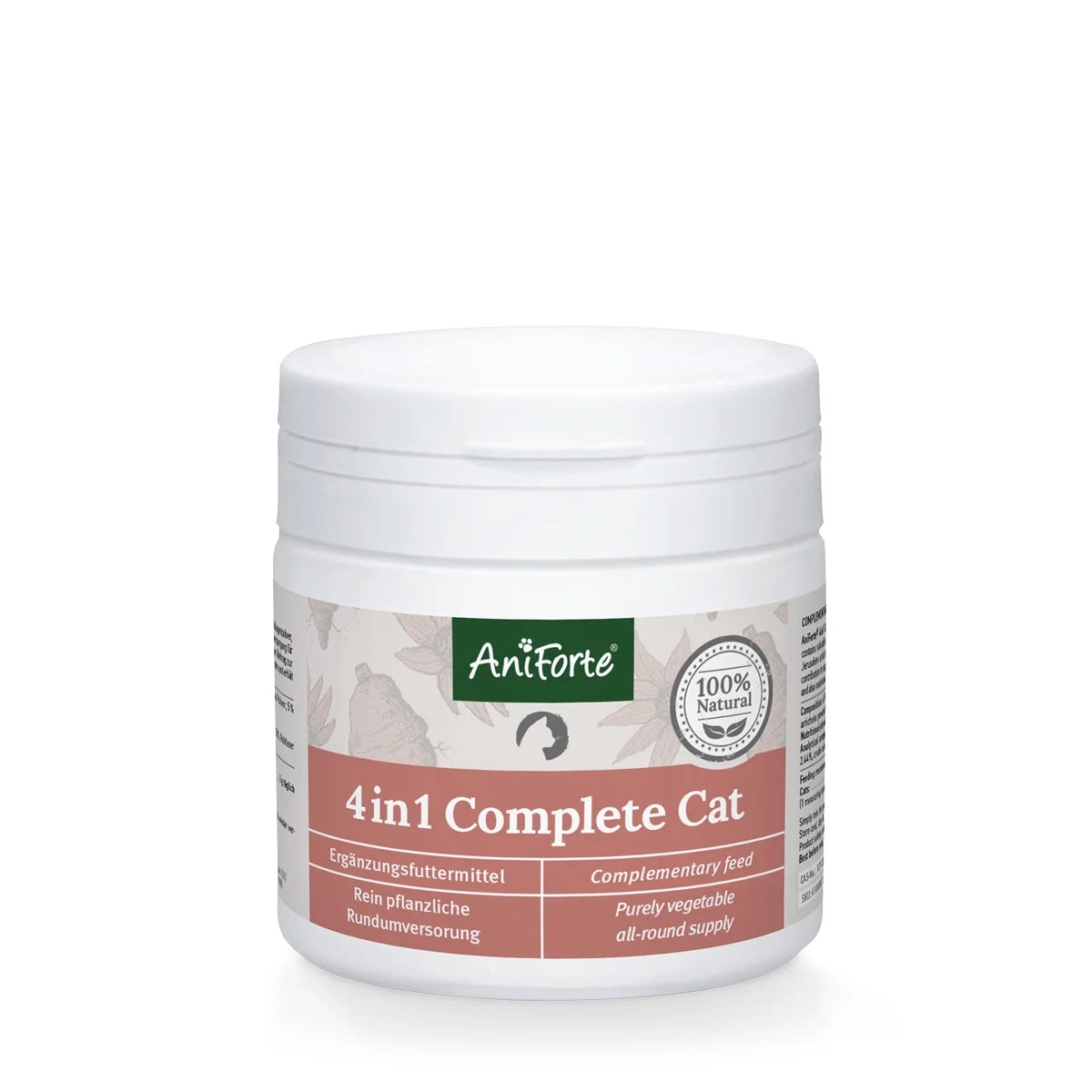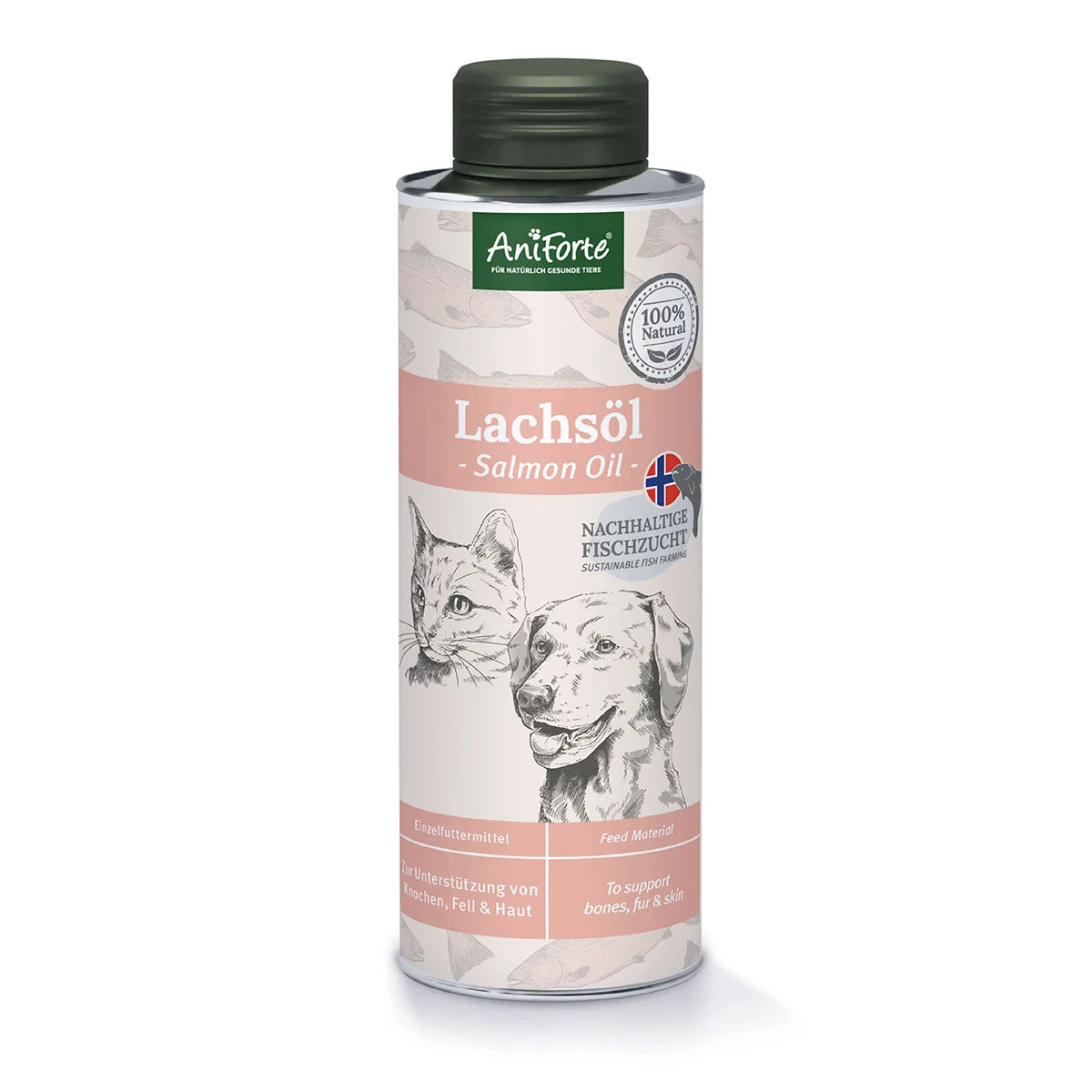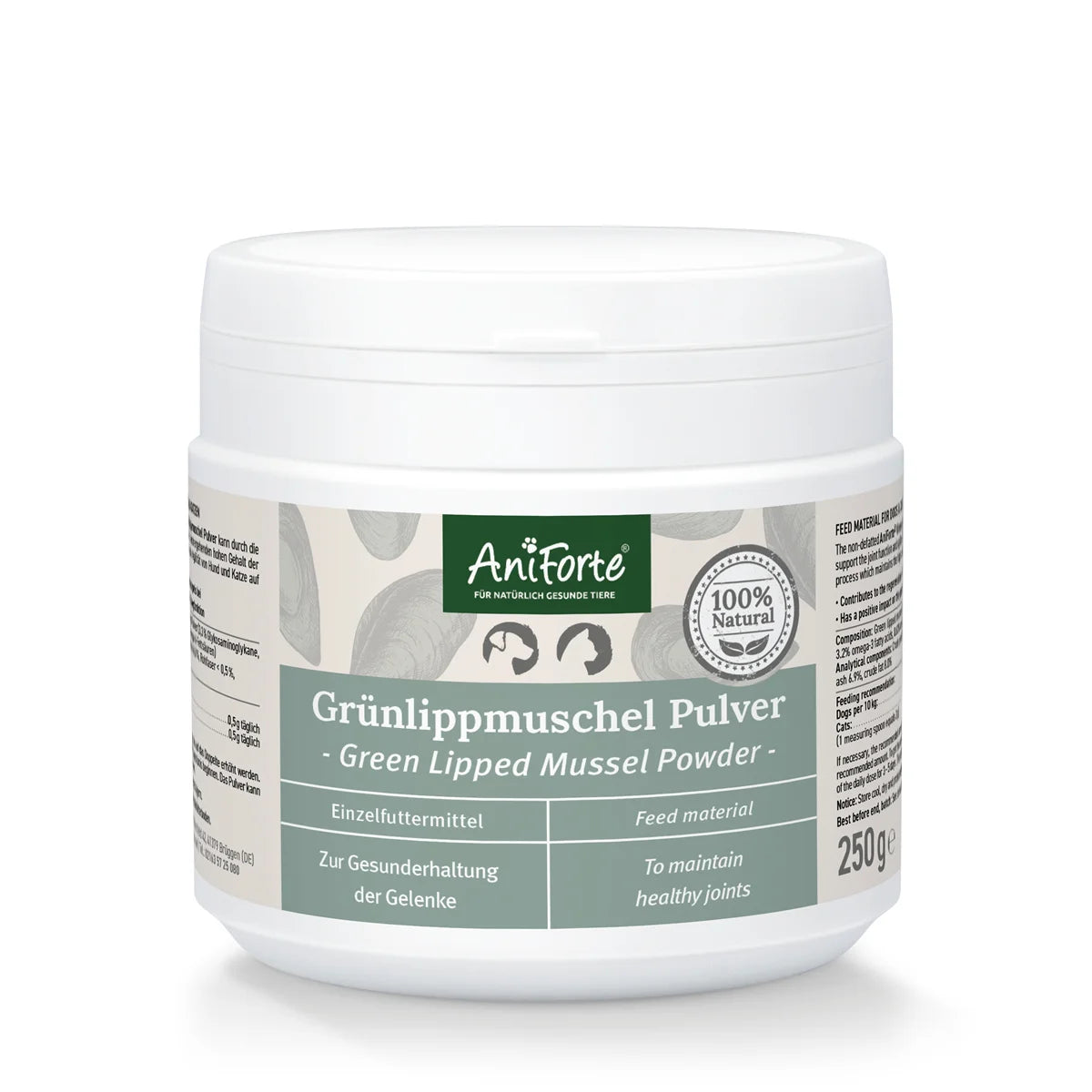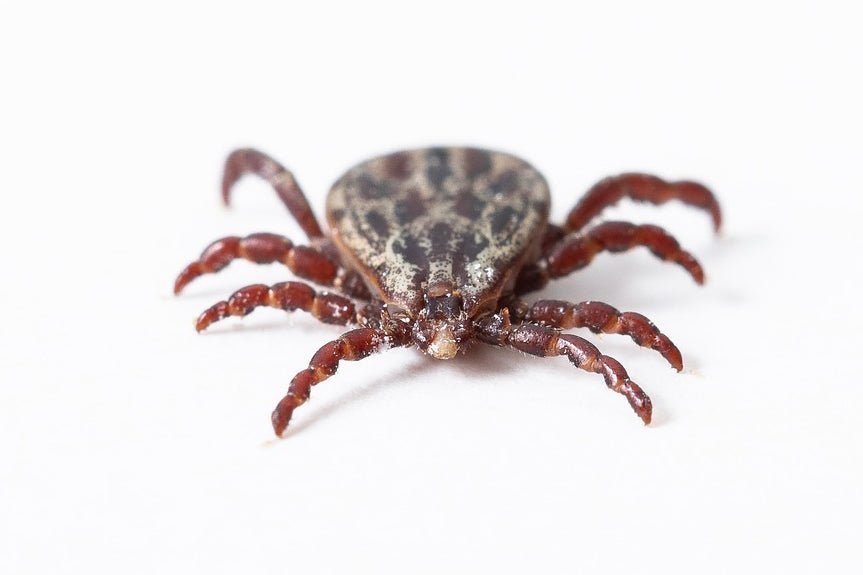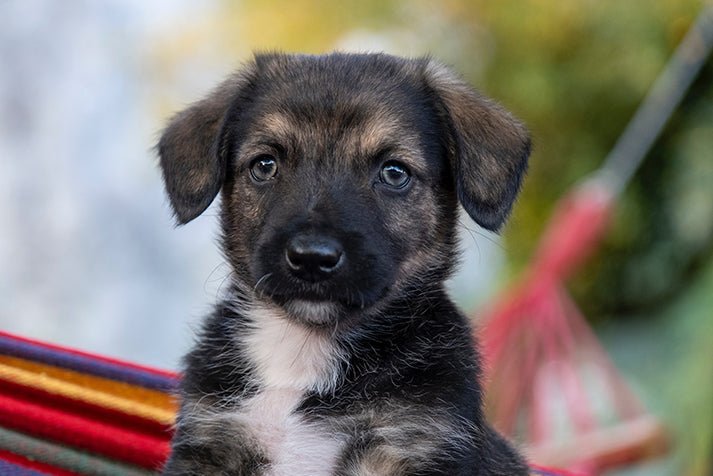
Joint diseases in cats are not as rare as one might think. Our house tigers are masters at hiding pain, which is why many diseases in cats are unfortunately discovered far too late. One such condition is osteoarthritis. Cats usually show few symptoms but suffer silently. Today we explain how you can recognise osteoarthritis in your cat at an early stage and natural means that help you prevent it.
What is osteoarthritis?
Osteoarthritis is a typical joint disease that can become very painful. This chronic joint disease occurs predominantly in older cats and is due to damaged cartilage tissue. Cartilage and synovial fluid act as a buffer between the joints and prevent them from rubbing against each other. If the cartilage is damaged or wears out, the cartilage surface changes and cracks - further cartilage damage is inevitable. The resulting friction between the joints is increased and manifests itself as pain. Joint infections such as arthritis can also contribute to osteoarthritis in cats. While arthritis is an inflammatory joint disease and can be triggered by infections or rheumatism, osteoarthritis can be be the result of arthritis.
From the age of 9, the majority of cats show irreversible wear and tear on cartilage and joints. The most common joints affected by osteoarthritis include the elbows and shoulders, followed by the knees and hips.
Treating osteoarthritis in cats
Early and quick treatment is crucial for osteoarthritis. This joint disease should be diagnosed by a veterinarian or veterinary practitioner so that other health problems can be excluded as the cause. The use of pain relievers and other conventional drugs should also be based on a diagnosis.
Osteoarthritis in cats cannot be cured because the cartilage has already been destroyed. It is all the more important to supply the cartilage and joints with important nutrients such as collagen, anti-inflammatory omega-3 fatty acids or mineral-containing calcium sources at an early stage so that regeneration takes place more quickly and the elasticity and stability of the cartilage is maintained.
To treat advanced osteoarthritis in cats, measures such as pain therapy, physiotherapy, acupuncture as well as medication and feed additives are used. Depending on the severity, pain medication and various therapies must be given consistently. You should make sure that the medication is well tolerated by your cat and that it does not cause any side effects in combination with any other medication the cat may be taking.
We recommend keeping your cat warm, especially in Winter. The cat’s bed should not be in a drafty area or by the window during the cold season. For cats that go outdoors, avoid long stays outside too long in rain and snow. If your little friend comes home wet and cold, rub him dry with a towel and, if the cat allows it, use a hair dryer.
Healthy for the joints - choosing the right nutritional supplement
In order to strengthen your cat's joints, food supplements are your first choice. Green-lipped mussel powder in combination with rose hip powder in particular has proven effective in the treatment of osteoarthritis in cats. Green-lipped mussel powder is known for its high content of glycosaminoglycans, omega-3 fatty acids and amino acids. The effect of rose hip powder on the joints and in osteoarthritis has already been proven in numerous studies. Rose hip contains an exceptionally high proportion of vitamin C, 20 times more than lemons, and also provides important galactolipids. They are known in human medicine for their mode of action in joint diseases such as osteoarthritis.
Another important factor in cat osteoarthritis therapy is pain relief. Devil's claw is considered a promising remedy. This African sesame plant is a traditional remedy and still an insider tip in natural veterinary medicine. Laboratory tests have shown that devil's claw has ingredients such as harpagosides, which have analgesic and anti-inflammatory effects on joints. In addition, the plant does not cause any known side effects, in contrast to typical arthrosis medication. If devil's claw is mixed with the food, it can reduce the pain significantly after just a few weeks.
Causes of joint disease in cats
- There are several possible causes of osteoarthritis in cats:
- Excessive recurring (incorrect) stress on the joints
- Malnutrition in young cats - nutrient oversupply or undersupply
- Genetic causes such as cartilage formation that is too slow
- Trauma to the joint (broken bones, dislocations, bruises, etc.)
- Dysplasia (hip / elbow dysplasia)
- Patellar luxation (dislocation of the kneecap)
- Obesity
Strong, recurring stress on the joints (frequent jumping from high objects, sprints, etc.) can damage the cartilage in cats and also impair the production of synovial fluid. Malnutrition in young cats - too few omega-3 fatty acids, collagen, calcium etc. also lead to a loss of cartilage mass. If the cartilage lacks “healthy food,”its cells cannot grow and are not elastic enough to cushion loads. Especially with age, the cat's articular cartilage decreases in elasticity, becomes stiffer and wear and tear progresses faster.
These disruptive factors cause the cells in the cartilage to be disproportionately activated and the destruction of the proteins in the cartilage is intensified by building and degrading enzymes. This reduces the amount of collagen in the cartilage in the long run and the cartilage cells die. Rigid scar tissue forms, which damages both the cartilage mass and the joint. Chronic inflammation is the result.
In cats, this process causes permanent pain in the joint at an advanced stage. Now, at the latest, it is necessary to add important nutrients to the food to build up the cartilage tissue. Strengthening the cat's joints and preserving the cartilage mass should be the goal of treatment.

Osteoarthritis cat - correctly interpreting symptoms
Animals have a higher pain threshold compared to humans. As a rule, cats do not let their pain show, so that you will not immediately notice that something is wrong with your cat. The symptoms of osteoarthritis in cats can vary from animal to animal. They are often unspecific, which unfortunately makes an early observation diagnosis difficult. Therefore, osteoarthritis in cats can go unnoticed for a long time.
However, there are some behaviours that can indicate that your cat has joint problems:
- Stiff posture
- Reluctance to move
- Avoiding to jump from high altitudes
- Less exercise in general
- Lameness
- Behavior changes
- Fever
- Reduced play instinct
- Fear and aggressive behaviour
- Increased sleep
- Changed running behaviour
- Problems getting up
- Leaning posture
These unspecific symptoms do not have to occur all at the same time; individual signs can also indicate osteoarthritis.
To diagnose a joint disease such as osteoarthritis in cats, you will need to visit the vet. Lameness examinations, X-rays and computed tomography (CT) can be used to diagnose osteoarthritis. The CT and X-rays show best how advanced the cat's osteoarthritis is and which treatment makes the most sense.


